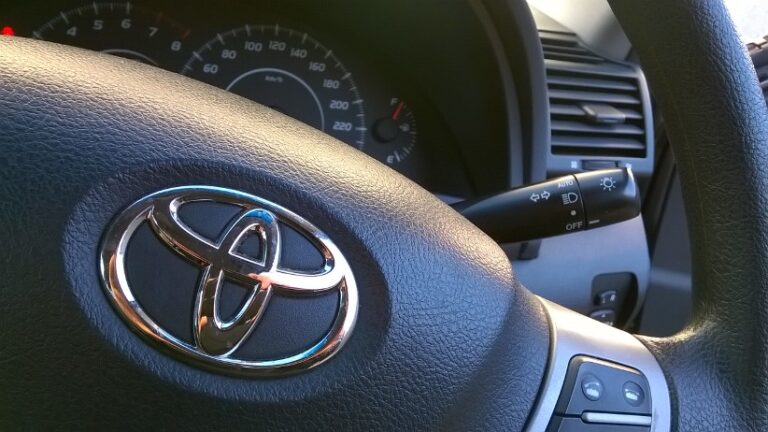– By Marc Sibbald –
It makes sense, doesn’t it? When a vehicle is off the road it’s not being used for the intended purpose. So utilisation is impacted. To reduce this risk, do you ask your vehicle supplier for warranty rates when assessing which vehicles will work best in your fleet?
Warranty rates are the last thing a vehicle or equipment manufacturer wants to hand over so you need to find other sources of information. A good place to start is your local dealership. Service managers and service advisors see hundreds of cars a week so they are a great way to access free advice (remember that free advice often needs some filtering) that you can access to determine vehicle reliability.
You need to consider warranties because the dollars can add up. For instance, if a passenger car is costing you $700 per month to lease, based on 20 working days per month, a lost day is worth $35. And this is before any attempt to calculate the lost productivity of the driver and other staff members.
The other reason service managers at dealerships are a good source of information is because they often look after multiple brands.
A rule of thumb that I was given when researching this article was: “If the indicator is on the right hand side there are very few warranty concerns. But if the indicator is on the left, be prepared to spend some time at the dealership”.
Obviously this is a very generic statement but it’s a long held view by most fleet maintenance teams that European vehicles do have more problems than their Japanese competitors. Even used car managers steer clear of makes ending in ‘O’ (Volvo, Renault, Peugeot, Saab-O).
These stereotypes don’t hold true for all vehicles and the new car sales success of European manufacturers in Australia means they have the products that consumers and fleets want. So as a fleet manager, estimating vehicle reliability is just another element in the complex process of selecting a vehicle that has low whole-of-life costs and is a good fit for your fleet.







